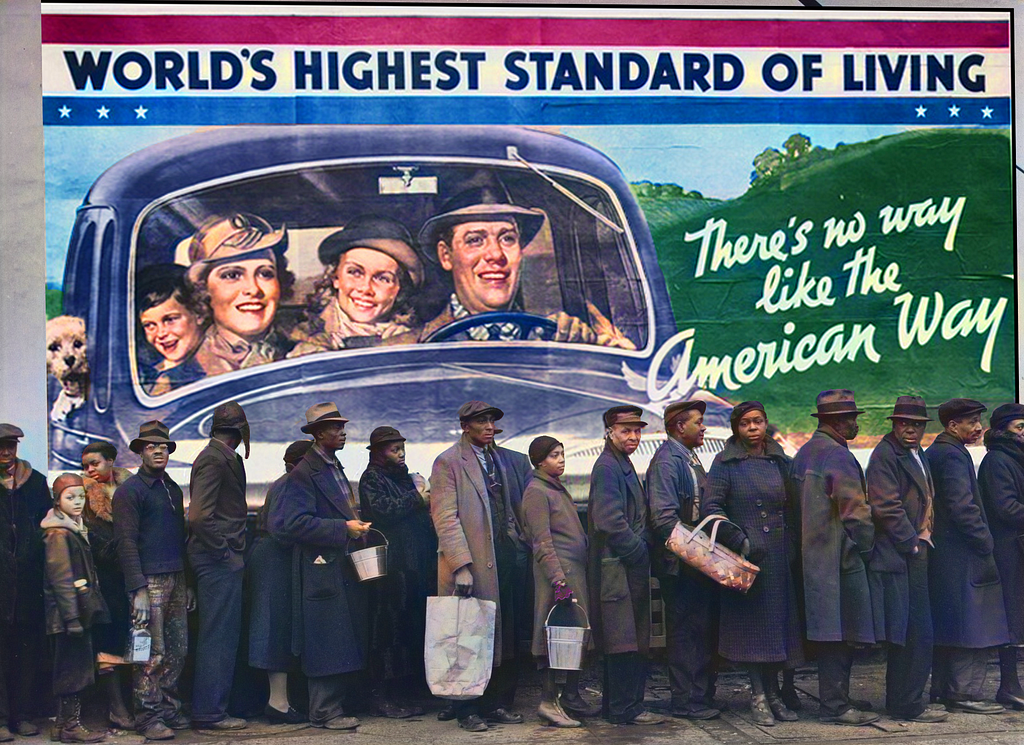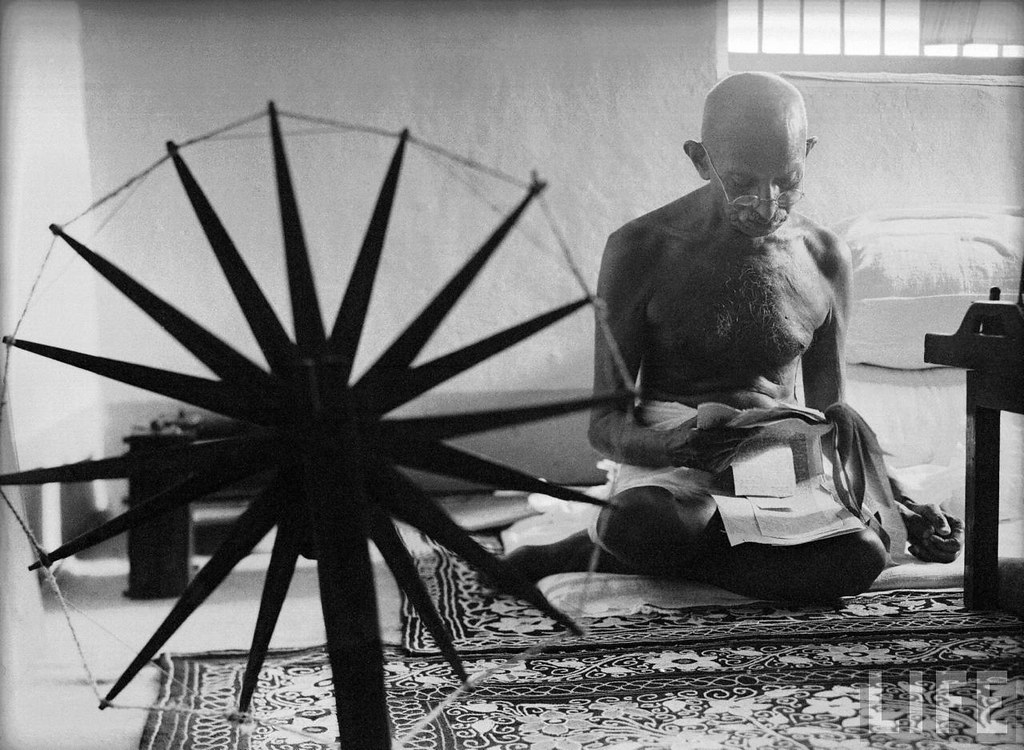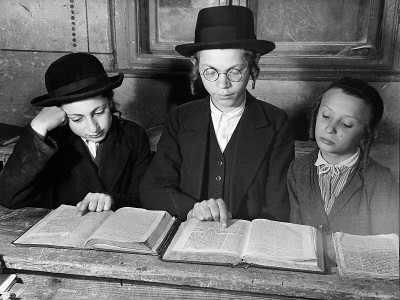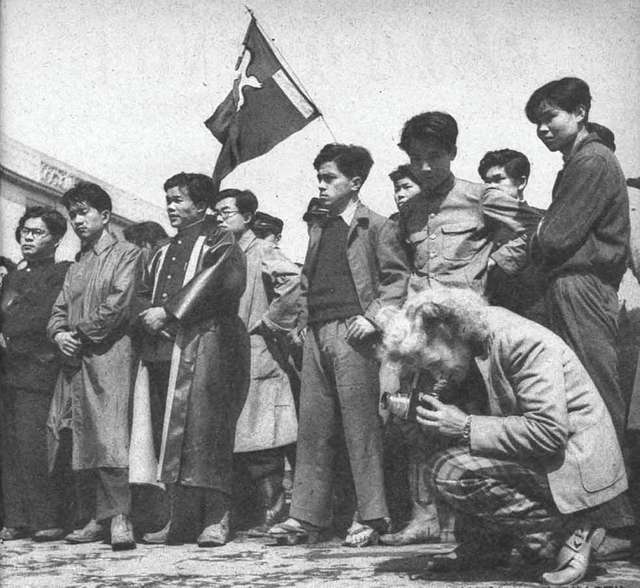Margaret Bourke-White: A Trailblazer in Photojournalism
Margaret Bourke-White was one of the most important photographers of the 20th century. She was a pioneer for women in photography and captured some of the most powerful moments in history. From war zones to factories, from world leaders to ordinary workers, her photos told real stories about the world.

Breaking Barriers
Born in 1904 in New York, Margaret Bourke-White grew up with a love for science, machines, and photography. Margaret studied photography in college and quickly became known for her strong eye for detail and bold style.
She made history early in her career by becoming the first female photojournalist for Life magazine. She also took the first-ever cover photo for the magazine when it launched in 1936.
A Master of Industrial and Documentary Photography
Before becoming famous for her war photography, Bourke-White focused on industrial photography. She took stunning pictures of steel mills, factories, and workers. Her ability to make machines and industry look beautiful and powerful set her apart.
She later used those same skills in documentary photography, capturing the lives of people during hard times like the Great Depression. Her images showed poverty, strength, and survival—helping people understand what was happening in parts of America many had never seen.

Life Magazine and War Photography
As a Life magazine photographer, Bourke-White had access to major events around the world. She became the first female war correspondent and one of the first to photograph combat zones during World War II.
She covered the bombing of Moscow, the liberation of concentration camps, and the horrors of war in Europe and Asia. Her fearless work brought these distant events into people’s homes and made them real.
Her photo of Mahatma Gandhi at his spinning wheel is one of the most famous portraits ever taken. She also covered major world events like the partition of India and apartheid in South Africa.

A Woman Ahead of Her Time
In an era when few women worked as photographers—especially in dangerous places—Margaret Bourke-White broke through barriers. She proved that women could do the same high-risk, high-impact work as men. Her bravery, talent, and determination opened doors for future generations of women in the field of photojournalism.
Read more >>> https://www.theatlantic.com/photo/2019/08/photography-of-margaret-bourke-white/596980
Legacy
Margaret Bourke-White passed away in 1971, but her influence is still strong. Her photographs are studied, displayed in museums, and remembered as some of the most powerful images in history.
She wasn’t just taking pictures—she was capturing truth. Whether showing war, peace, hardship, or hope, her work changed the way people saw the world.
Read more >>> https://joemazzaphotography.com/inspiration-margaret-bourke-white/
Final Thoughts
Margaret Bourke-White was more than a photographer—she was a storyteller, a risk-taker, and a history-maker. From being the first female photojournalist at Life magazine to documenting wars and world leaders, her work continues to inspire.
Read More >>> https://time.com/4794147/parkinsons-disease-life-magazine/


